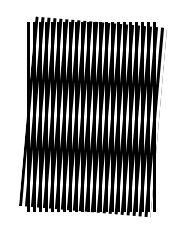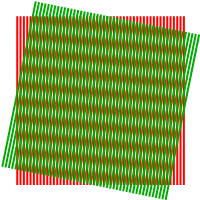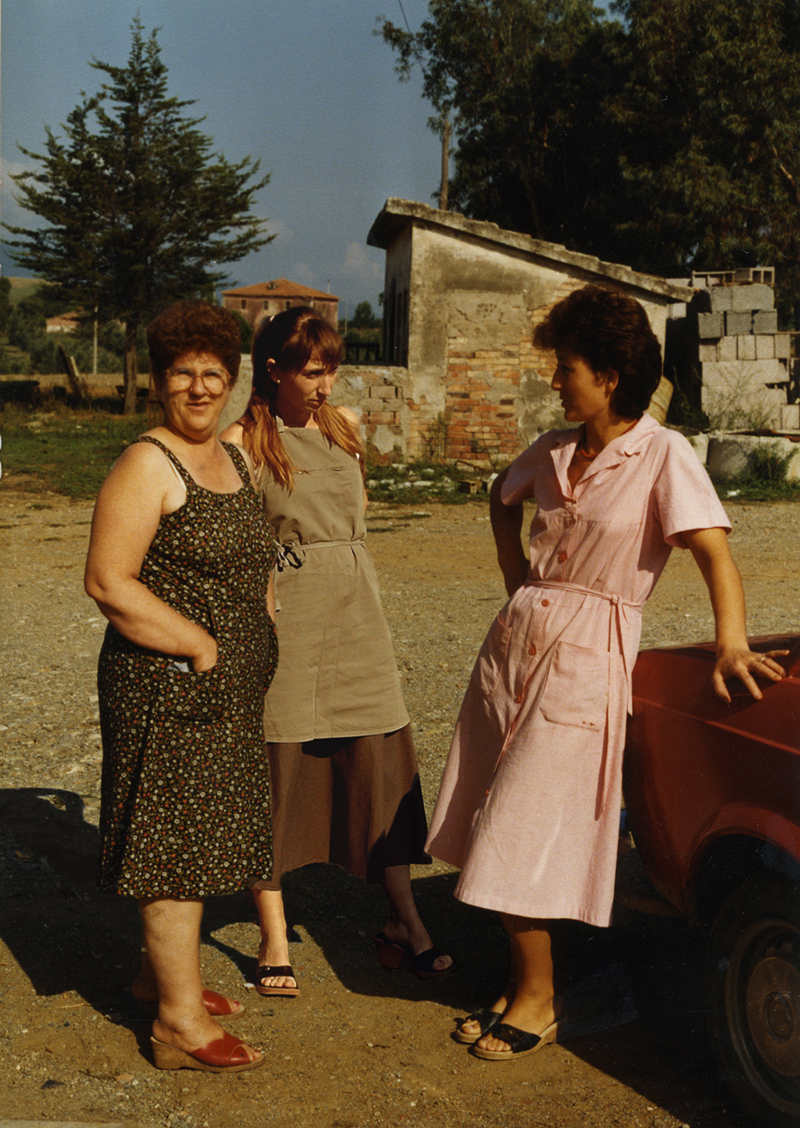In this module of creative innovation and entrepreneurship, we were lucky enough to be able to attend the workshop which was held by members of the user experience team at the British Broadcasting Corporation (BBC).
There will be three workshops over the next few weeks, and these will be attended by;
Paul Crowley, Head of User Experience:
Dan Ramsden, Director of Creativity:
The three workshops will cover;
A) ideation; that is, coming up with ideas.
B) testing; validating the ideas and finding assurance through screening.
C) presenting; pitching to customers and selling your idea.
The BBC has always been the front of commercial communication, and as such, they adopt some methods to help them both facilitate and generate new ideas.
A presentation was given and referred to the work of Prof Eddie Obeng, concerning the difference between knowledge and learning.
https://www.ted.com/talks/eddie_obeng_smart_failure_for_a_fast_changing_world
Filmed June 2012 at TEDGlobal 2012
Our ability to learn has been outstripped by the amount of knowledge that is available to us. We, therefore, live in what is called a "foggy environment" and this was articulated through a simple quadrant table as follows:
In this sense, the BBC suggest that the only way to deal with the wealth of information that surrounds us is to what in their words is a mantra for their group which is "run confidently into the fog."
In a way what is being said, is to avoid over-planning. In my case it's about avoiding the Gantt chart and thinking from a fresh point of view;
To have an excellent idea it takes lots and lots of bad ones first. We learn from our mistakes better than we learned from doing something correctly once. The great ideas that have emerged in the last 500 years, in fact in the last 200 years since the Enlightenment, have usually been a product, even a by-product of many many years of struggling failure.
Let's explore the idea of divergences to convergent to divergent and convergent thinking.
We can talk about this as four separate steps.
Start as an "explorer."
engage with the outside world to find stuff that interesting, be a collector but don't judge anything that you've witnessed or collected.
Then become "an artist."
Turn the stuff that you have found into other stuff by combining them. Just create things, but do it without any constraints!
Then become "a judge."
it is in this mode that you critically evaluate your ideas and start to find out through verification and testing what actually works or is likely to work.
Finally, make the step to be "a warrior."
In this step you press ahead regardless with your chosen ideas beating your chest, banging the drum, and selling the idea to everybody come across. This gets momentum behind your idea and starts converting others to your way of thinking.
-----------------------------------------------------------
We then conducted a short icebreaking session where we were shown a picture of a paper aeroplane, the typical paper dart. The facilitator stated that the next few moments would be spent by the group in designing the best possible way to get those three clean sheets of paper across the room.
Everybody started making paper planes, the typical bear trap. In my case, I suggested to the group that we brainstormed what the actual objective was and how we were going to do it. To get these three sheets of paper as far as possible, we need to compactness tight as possible and also a small surface area that we can. It may have been appropriate for us to only screw up the three pieces of paper into a ball. This would have met the objective, and having seen the outcome of this exercise before, this would have second-guessed the facilitator's demands. But I went one stage further by thinking about the actual objective a little deeper. My solution was to compact all the paper as tightly as possible, and also to reduce the surface area to a minimum, without the use of Sellotape or anything else to hold it together. The idea gave me the inspiration to simply roll the paper in as tight a formation that I possibly could, and then to tie it into a knot.
Sure enough, this design actually won. It ricocheted off the back wall with a thump, whereas the paper planes fell short, and the screwed up piece of paper while travelling a little further, was unable to hold and sustain momentum. I was well chuffed!
The lesson of this session was the importance of "reframing" the challenge. What does the project need? Really and truly?

The next exercise was what the BBC called the "red ant man". This was a method to reframe your challenge as problems, blockers, constraints and goals.
Step one, define your opportunity by breaking things down into component parts so that the limitations, blockers can then also be broken down.
(I felt this was a similar exercise in the swot analysis, strengths, weaknesses, opportunities, threats: but perhaps with a new name).
Again by using a simple quadrant diagram, one can position the elements as follows;
Goals versus constraints
issues versus blockers
It was pointed out that a "blocker" is something where it is possible regarding overcoming and obstacle or getting inertia and momentum for example. Whereas "constraint" is a continuous limitation that is immovable and cannot be overcome.
We should be asking you "what does success look like?"
For example, if one is to create a website, is that in itself a goal, or is the real goal to reach an audience?
The "five whys" method.
Why is this important
Why is this important
Why is this important
Why is this important
And finally why is that important?
So what is stopping us?
The next part of the method is finding ways that we might reframe the question or a problem and its solution through the phrase "how might we…"
Give our problem a perfect frame for creative thinking, but without suggesting a particular approach. In deconstructing these three words,
"how" invites us to think about many solutions
"might" suggests that there are many possibilities and solutions,
"we" is a collaborative address, which means that as a team we all own the problem together.
1) As an example, how might we appeal to the widest audience?
We brainstormed this idea and came up with creating banners with details of the website to be posted throughout Huddersfield and the University; get a publication in the Huddersfield Examiner, the local newspaper; develop and create posters with details of the website with links and URLs; establish and print leaflets with details of the website et cetera
2) how might we see what success looked like?
- Ask the curator's opinion:
- get opinion polls in the leaflets through some sort of voting:
- ask the public verbally who visit the exhibition, or people in the street:
- build a model and get feedback on it:
- communications with other groups:
- promotional and marketing events in the street, interactive handouts.
--------------------------------------------
The second session after lunch started with an icebreaker, where we were asked to use sheets of paper with 12 preprinted circles on them. We were all asked to fill each circle with anything we can possibly think of, over the next five minutes. This was an exercise in creative thinking. There is an infinite series of ideas for any given problem, and nothing is a stupid idea because it could lead on to something else.
Another method used in the creation of ideas was what the BBC called their "crazy eights". This was an exercise again to create quantity not the quality of ideas and was solely based on folding a sheet of A3 paper into eight segments and then drawing possible ideas in each of the eight sections. Anything goes, and nothing is wrong or stupid!
In our own team, which had been tasked with creating a website for the new rotor event commencing in February, we need to think about roles and responsibilities and how the site will develop.
We thought in terms of:
pre-event during the event, and future post event.
Each of these phases of the website would need to be managed in different ways, such as the first phase would be about promotion and marketing as to "what will be happening".
During the event, web updates should show "what is going on now".
And the future post-event website should show "what happened".
Therefore content for each of the three phases should be something like 1) static photos. 2) videos of current activities. 3) video archives and interviews together with transcribed discussions and records of debate.
So roles and responsibilities seem to be emerging in the form of;
- content creation
- Web design and layout
- ongoing management of the website and updates.
The third method that the BBC team suggested that we could use is known as the "Beetle" method.
In this process, we come up with a simple idea name to insert in the Beatles head, which in effect, becomes a brand-name for the notion. Keep it simple, so that people can readily identify with it, and conversations can be had with anyone in the team.
In the body of the beetle, we create what is called an elevator pitch; this is a short summary of the idea and its objectives; to open up new possibilities: for example the gallery, learning, attendance, and wider audience.
On the legs of the beetle, six in total, we can either use why, how, what, where, who and when. Alternatively, on each of the six legs, we can use them as a mind map style, an aide memoir, to ask ourselves six tough questions. Such as why would anybody care? Why is this important? And so on.

Once we have gone through the first three methods, we can then map the ideas against a cost versus impact grid. Again this uses a simple four-quadrant grid, with one axis showing "Cost" ranging from low to high, and on the other axis the expected "Impact" from low to high.
And finally considering the "the Warrior mode" remember how the original Olympiads used to think, before starting a battle. They visualised their best possible successes. What is the maximum vision of success? If we were to read a national newspaper headline about our success what would it be? Write this down in as bigger letters as we can find and broadcast it to as broad an audience who are prepared to listen!
So to recap:
1) we thought about methods concerning the fish diagram, as diverging convergent and then divergent and convergent thinking.
2) the red ant man method. Break up the challenge.
3) "webbing or the five whys" this is about dogeared resilience, asking ourselves at each stage why is this important? And then replaying it to ourselves by asking "so what is stopping us"?
4) use dot voting. Democratically select the strongest ideas and avoid any arguments at this stage.
5) reframe the solution and the problem. "How might we…?" Reframe the challenges and the briefs for a fresh approach.
6) the crazy eights. Here we want to come up with a quantity of ideas and solutions to the issues. Quantity, quantity, quantity!
7) the beetle map. This helps the switch from the artist and explorer mode and into the judge. Judge and make the idea practical.
8) needs and impact plotting. Map your thoughts onto a quadrant set to highlight and show up the relative merits of each idea. This facilitates clarity in finding the right solution.
9) write your news headline. Become "the Warrior". What does success truly look like? What would an Olympiad see in victory?
Conclusions:
- The above tools are a useful inclusion into my toolkit for facilitating creative thinking, ideation, setting goals, and thinking about outcomes.
- By coupling these ideas of methods and tools together with other instruments that I have become familiar with in previous work, you should be able to build a flexible set of tools to implement good micro-projects over the coming months.
- It is worthwhile for me to review these tools periodically and make sure that I'm exercising them in the most appropriate way.









